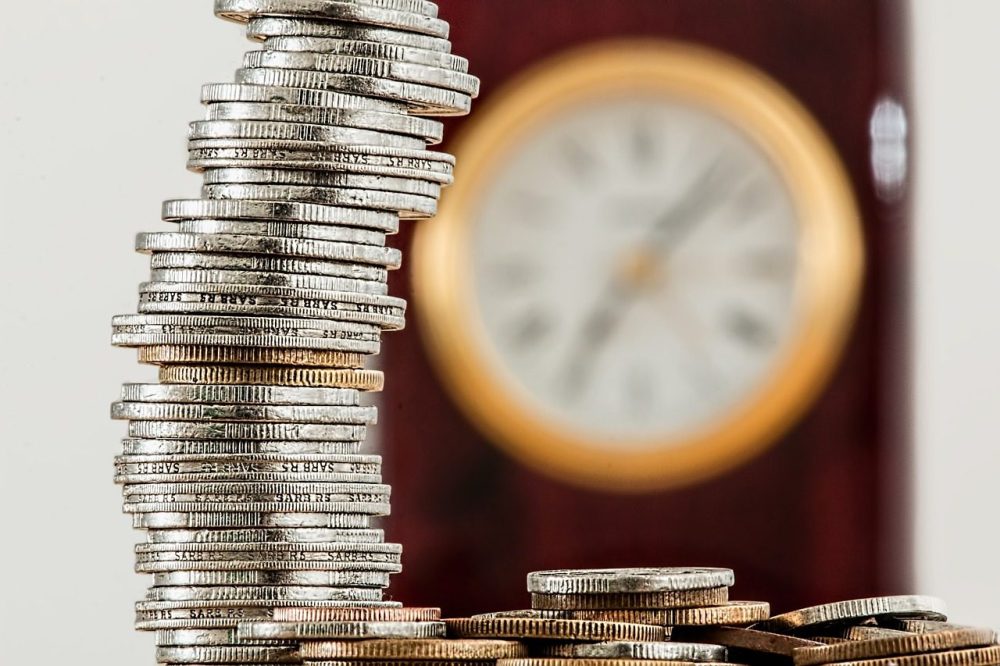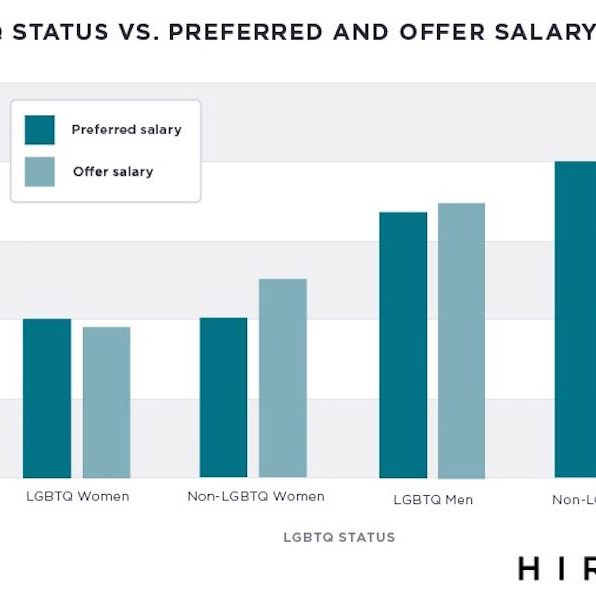 With women still lagging behind in terms of equal pay, there are alternative ways women can cash in our missing pounds
With women still lagging behind in terms of equal pay, there are alternative ways women can cash in our missing pounds
It probably comes as no great surprise to learn that women still earn less than men, despite the introduction of the Equal Pay Act in 1970.
The current gender pay gap means women effectively stop earning relative to men on a day in November. This day is marked each day as Equal Pay Day and varies depending according to the actual pay gap. This year, Equal Pay Day happens today – Friday 10 November – the same day as last year.
While it’s important to acknowledge this staggering discrepancy, it’s also vital to note that BAME women, younger and older women stopped working long before this date. Graduate women from BAME backgrounds, for example, have been found to have lower pay three years after graduation than their White British peers. Research conducted by The Fawcett Society reveals that women from Bangladeshi and Pakistani backgrounds have a 26.2 per cent aggregate pay gap with White British men, while Black African women have a 19.6 per cent full-time pay gap with White British men. According to the Papworth Trust, disabled women also earn 20 per cent less than other women in the same job.
Additional research published today by The Fawcett Society also shows that the gender pay gap for women in their twenties is growing after years of decline and is now five times greater than it was six years ago.
These additional barriers some women face by virtue of their race, disability age require our urgent attention.
Sophie Walker, leader of the Women’s Equality Party, argues that the main reason for the pay gap is that the UK has the most expensive childcare in the world. “It takes away the choice about whether and how much women want to work. And when women take up lower-paid, part-time roles and men dominate more senior jobs, there is a power imbalance, and that is where harassment thrives because women are being forced into a position of dependency.”
Greater transparency around salaries is one step forward in a move towards greater gender disparity. However, six months after the government ordered large firms to reveal their gender pay gaps, the vast majority have yet to do so. Charities, private and public sector employers with 250 or more employees are required to publish these figures by April 2018, in an effort to address workplace discrimination. At the beginning of October, only 85 of 9,000 companies had done so. Following the public outcry that occurred after the BBC published a list of its top earners during the summer, revealing a 10 per cent pay gap, it’s possible that firms are rightly concerned about attracting negative publicity.
Walker has encouraged working women to switch on their “out of office” email alerts in protest of the pay gap and to raise people’s awareness that women will be essentially working for free for the remainder of the year. Others have suggested choosing to work with more women-led organisations, reviewing recruitment processes and encouraging men to take up the shared parental leave that they’re due.
On a personal level, I’m committing to asking all the men in my life to get the drinks in from now until Christmas. This strikes me, at the very minimum, as being a practical and realistic way to begin to balance those unequal scales. I’d also consider an all-expenses-paid trip to New York, my own personal trainer and a slap-up meal out every week courtesy of any of the men in my life. And, they’re not invited.


